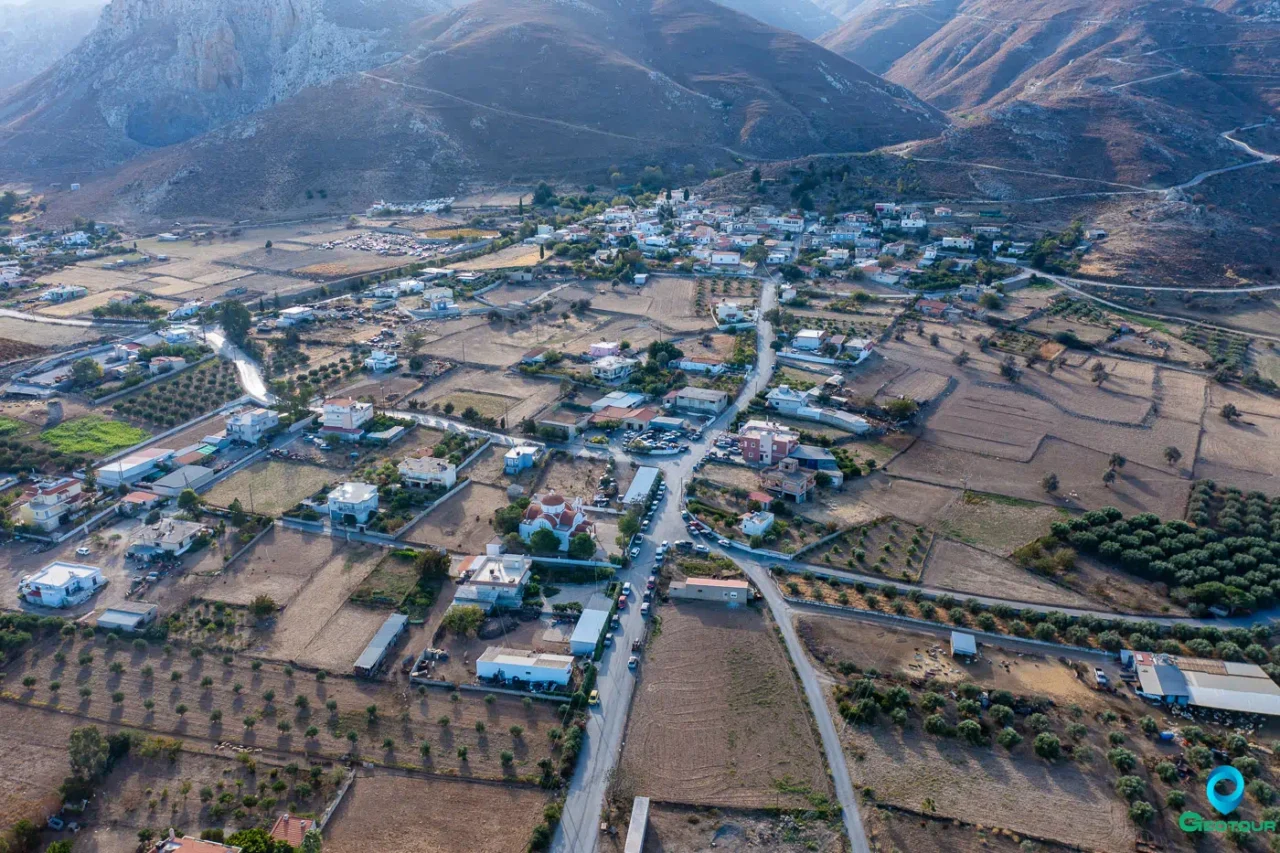
Loukia (or as it was formerly called, ta Loukia) is a village in the community of Vagionia, within the municipality of Gortyna, in the Heraklion regional unit of Crete. According to the 2011 census, it has a population of 155. The village is situated 67 kilometers south of Heraklion at an altitude of 360 meters, nestled in the northern foothills of the Asterousia Mountains. The name “Loukia” likely originates from the Arabic-Turkish word “louki,” meaning a gutter or drain.
Historical References
The village of Loukia, located in the foothills of the Asterousia Mountains, has a long history documented in various historical records and references.
The earliest documented mention of Loukia dates back to 1368, appearing in a document under the name “Luchia.” This reference places the village within the broader context of Venetian rule in Crete, which lasted from the 13th to the 17th centuries. Subsequent mentions in historical texts and censuses, such as those by Francesco Barozzi in 1577 and the Venetian census of 1583 by Castrofilacas, further solidify Loukia’s presence during this period.
The Ottoman era also left its mark on Loukia’s history. The Ottoman census of 1671 recorded the village as “Luka,” indicating its continued existence under Ottoman rule. The 1834 census, conducted by the Egyptians during their brief occupation of Crete, further documented the village’s demographics, noting the presence of 8 Christian families.
These historical references, spanning different periods and rulers, paint a picture of a village that has endured through various historical and political changes, adapting to new realities while preserving its unique identity.
Location
Loukia is located in the northern foothills of the Asterousia Mountains at an elevation of 360 meters. This location provides views of the Messara Plain to the north and the mountain peaks to the south.
The village is 67 kilometers from Heraklion, Crete’s capital. This distance contributes to its tranquil and rural environment. Loukia’s location has likely helped preserve its traditional way of life and close-knit community.
Historical Significance
Loukia’s historical significance lies in its continuous presence and its ability to adapt to changing historical circumstances. The village’s survival through Venetian and Ottoman rule, as evidenced by historical records, speaks to its resilience and its enduring connection to the land.
While Loukia may not boast grand monuments or famous historical figures, its significance lies in the everyday lives of its inhabitants throughout the centuries. The village’s traditional architecture, its agricultural practices, and its cultural traditions all contribute to its unique identity and its place within the broader context of Cretan history.
Population Data Over the Years
Year |
Population |
|---|---|
1583 |
57 |
1671 |
~80-100 (estimated based on 16 hearths) |
1834 |
~32-40 (estimated based on 8 families) |
1881 |
84 |
1900 |
135 |
1920 |
167 |
1928 |
198 |
1940 |
253 |
1951 |
291 |
1961 |
269 |
1971 |
230 |
1981 |
238 |
1991 |
191 |
2001 |
155 |
2011 |
155 |
Current Status
Today, Loukia is a small village with approximately 150 permanent residents. The village comprises two settlements, the new and the old, with the latter featuring traditional houses, many of which are in a state of disrepair. Despite its small size, Loukia maintains a vibrant community life, centered around its primary school, its churches, and its cultural association.
The cultural association plays a vital role in preserving and promoting Loukia’s heritage. Through its various activities, including cultural events and the planned creation of a folklore museum, the association seeks to celebrate the village’s history and traditions, ensuring that they are passed on to future generations.
While Loukia faces the challenges common to many small rural communities, including depopulation and economic pressures, it also possesses a unique charm and a strong sense of identity. Its picturesque location, its historical landmarks, and its active community all contribute to its enduring appeal. As visitors explore its narrow streets, admire its traditional architecture, and experience its warm hospitality, they will discover a village that embodies the spirit of Crete, a place where the past and the present coexist in harmony.
Village Key Points
- Historical References: The earliest written mention of the village dates back to 1368, under the name “Luchia.” It is also mentioned in various historical documents and censuses throughout the Venetian and Ottoman periods.
- Location: Loukia is situated at an altitude of 360 meters in the northern foothills of the Asterousia Mountains, approximately 67 kilometers south of Heraklion, Crete
- Historical Significance:The village’s survival through Venetian and Ottoman rule speaks to its resilience and its enduring connection to the land.
- Current Status: Loukia is a village with approximately 150 permanent residents. It features traditional, though mostly dilapidated, houses and is part of the Gortyna Municipality.
Access
Loukia is 9.4 kilometers away from Agioi Deka













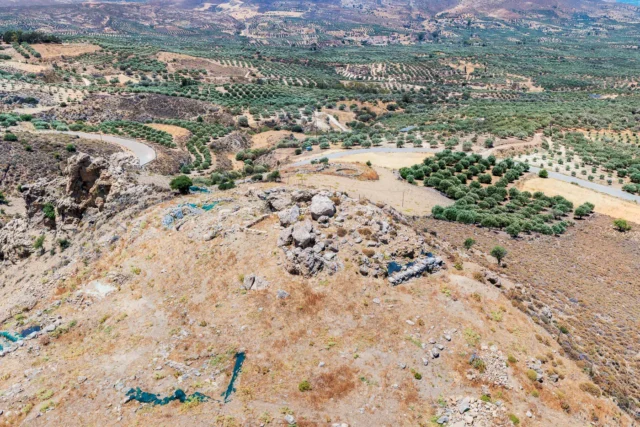


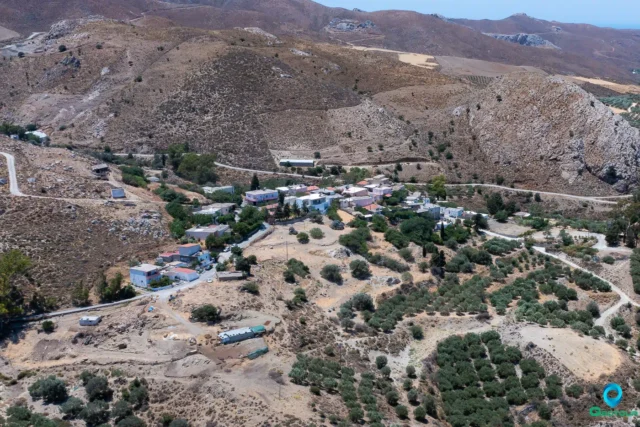

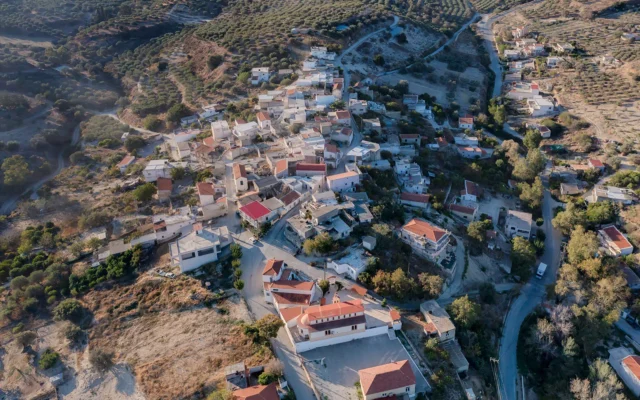

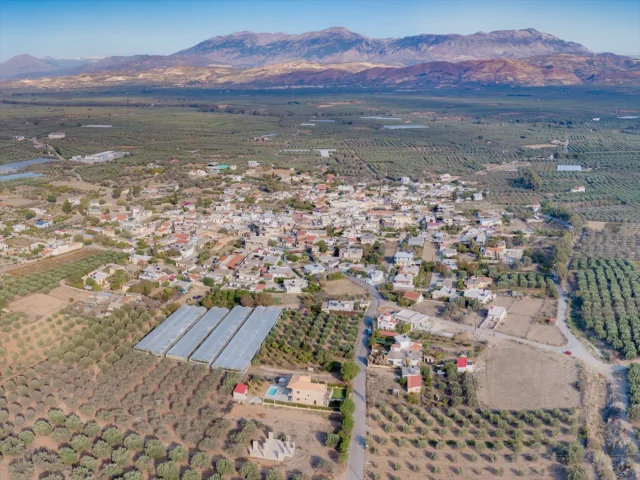

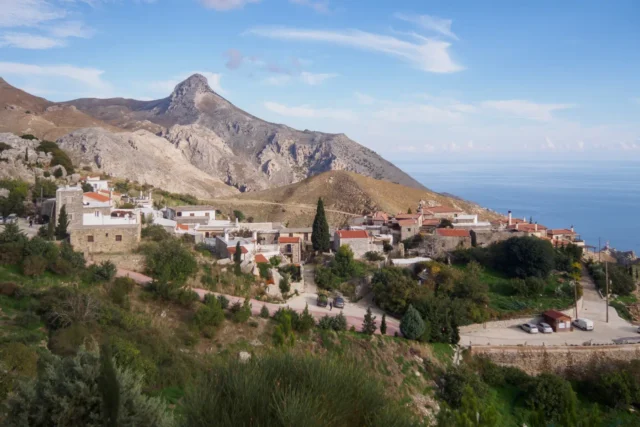
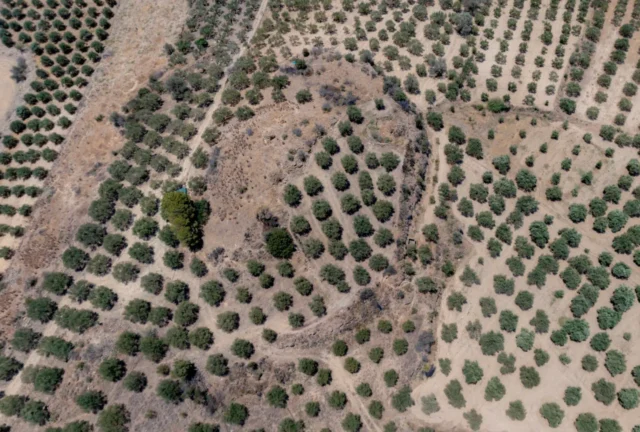
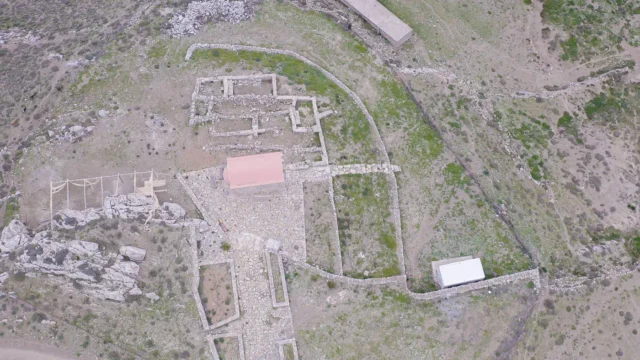
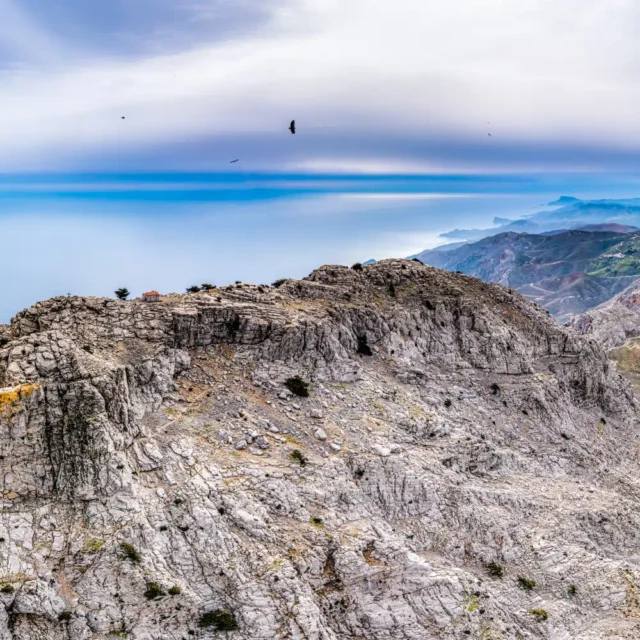

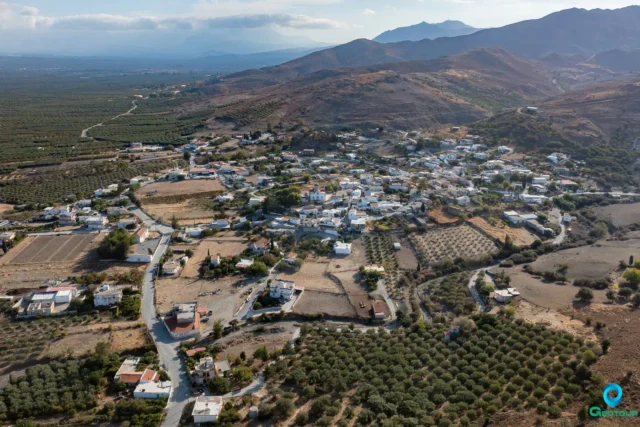

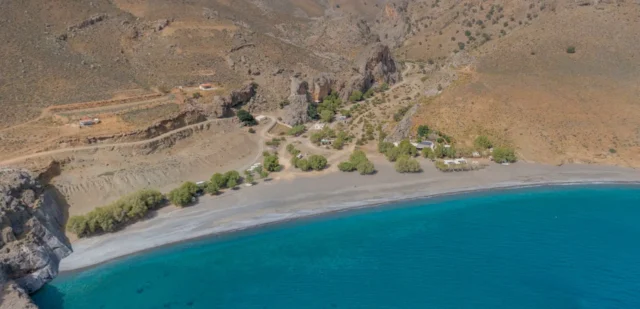

There are no comments yet.